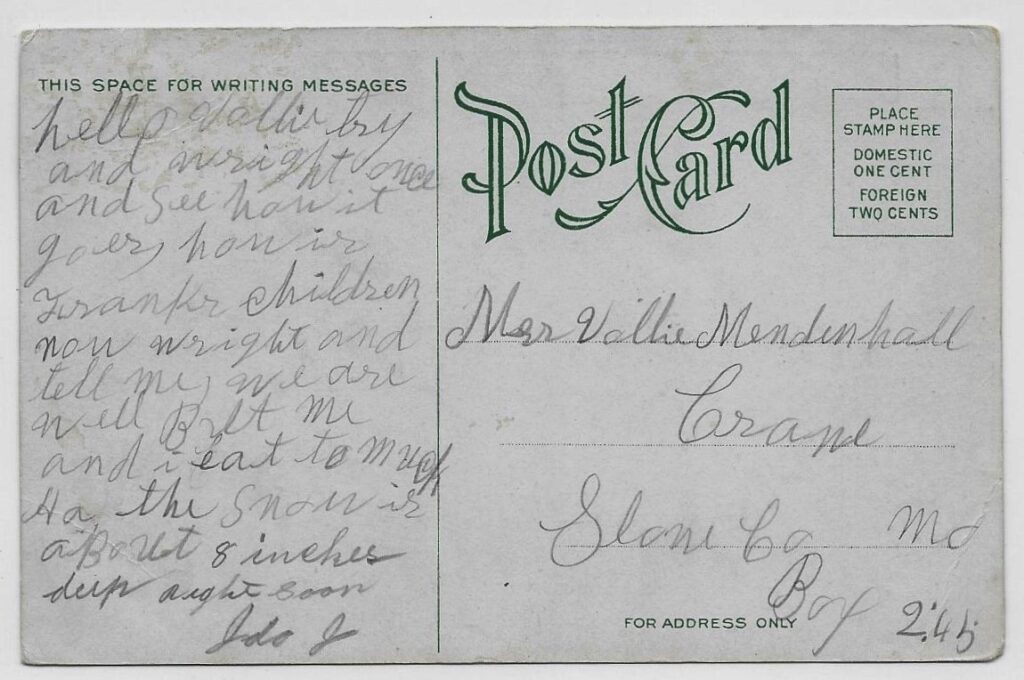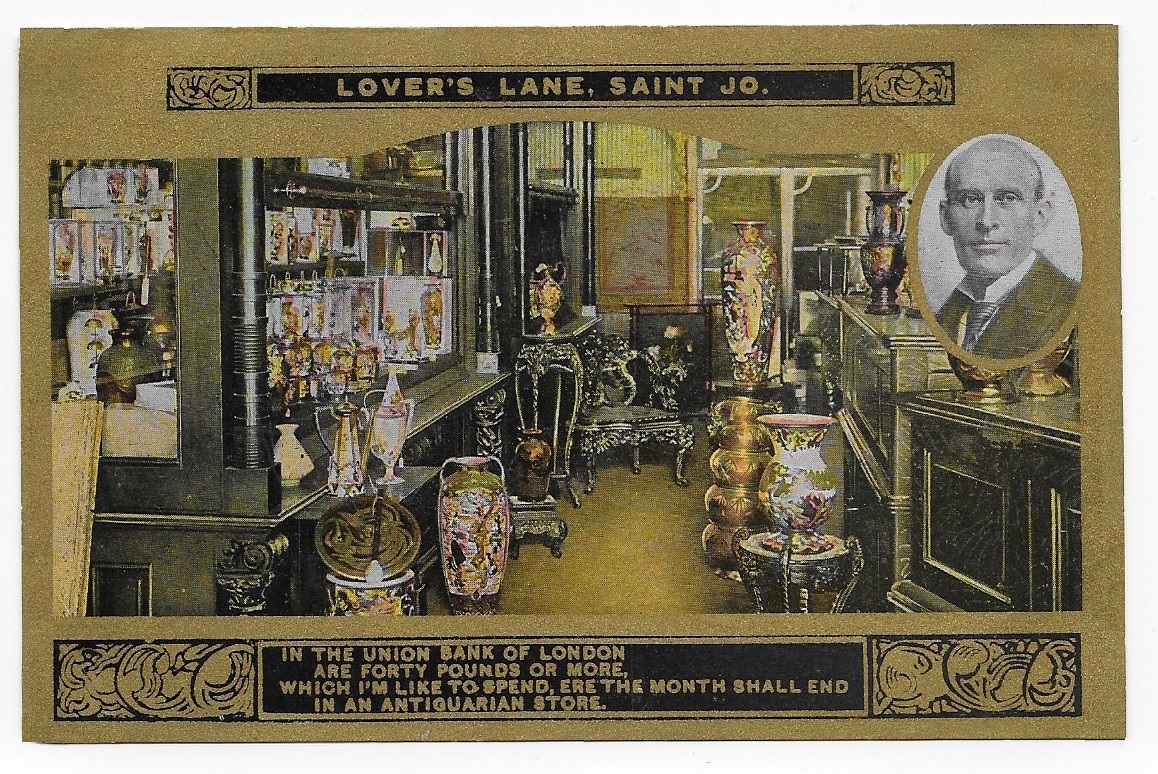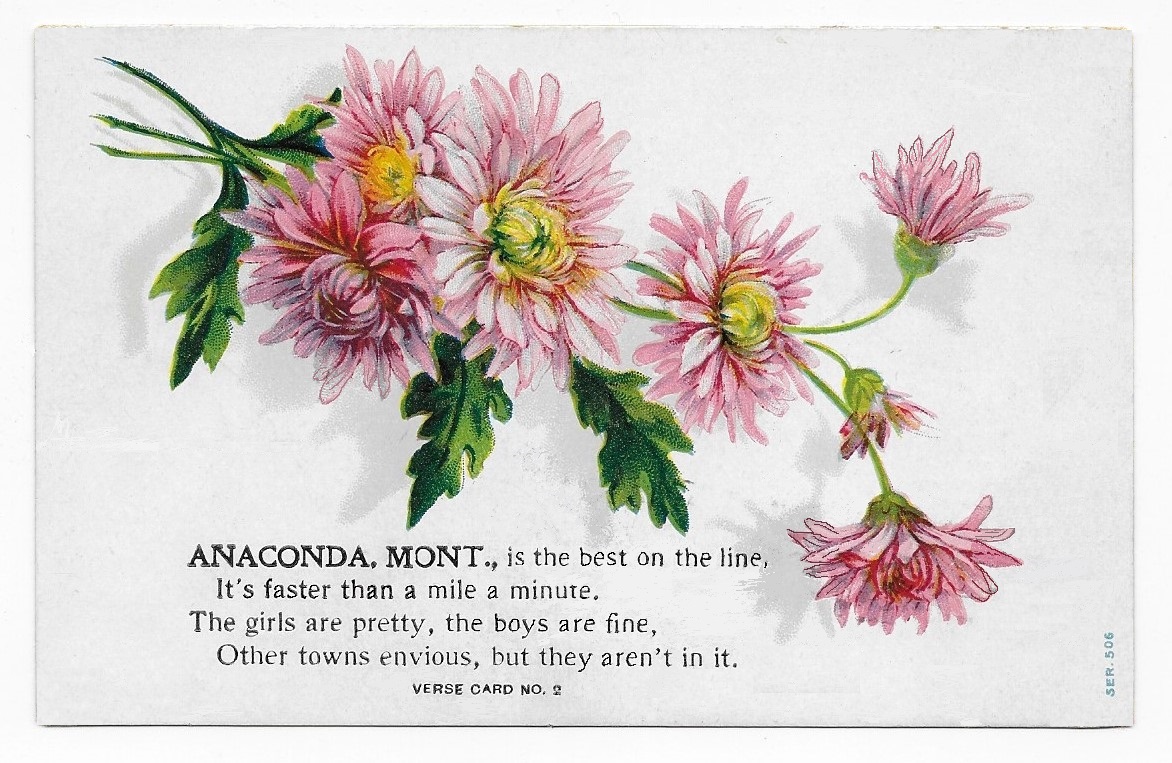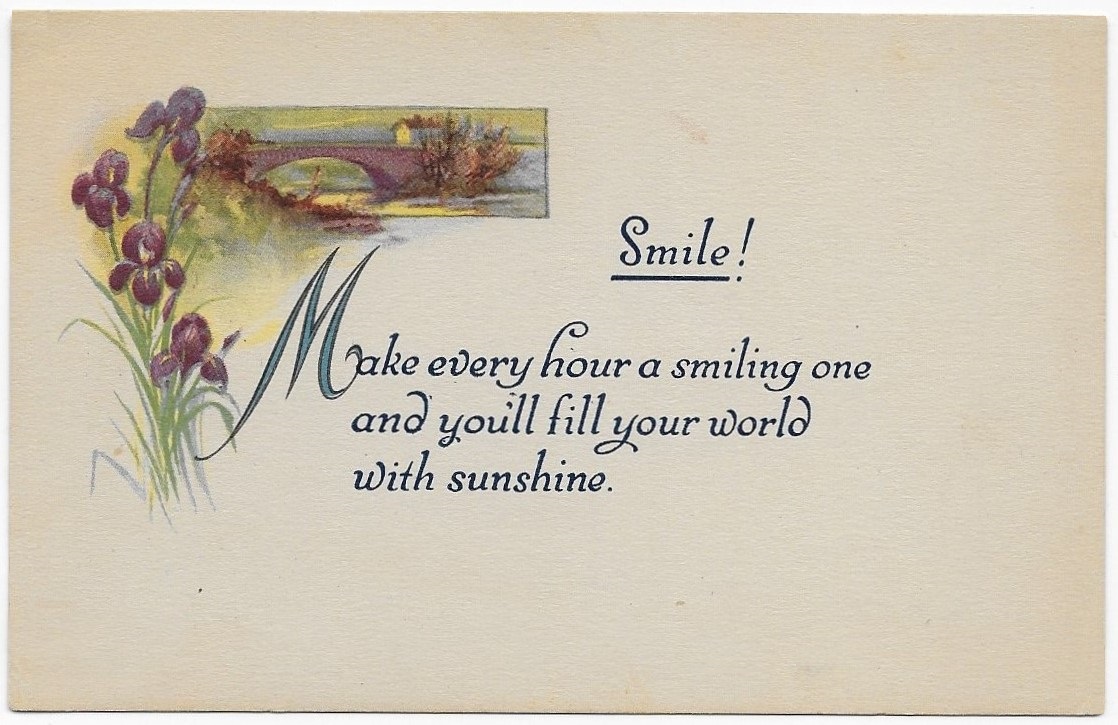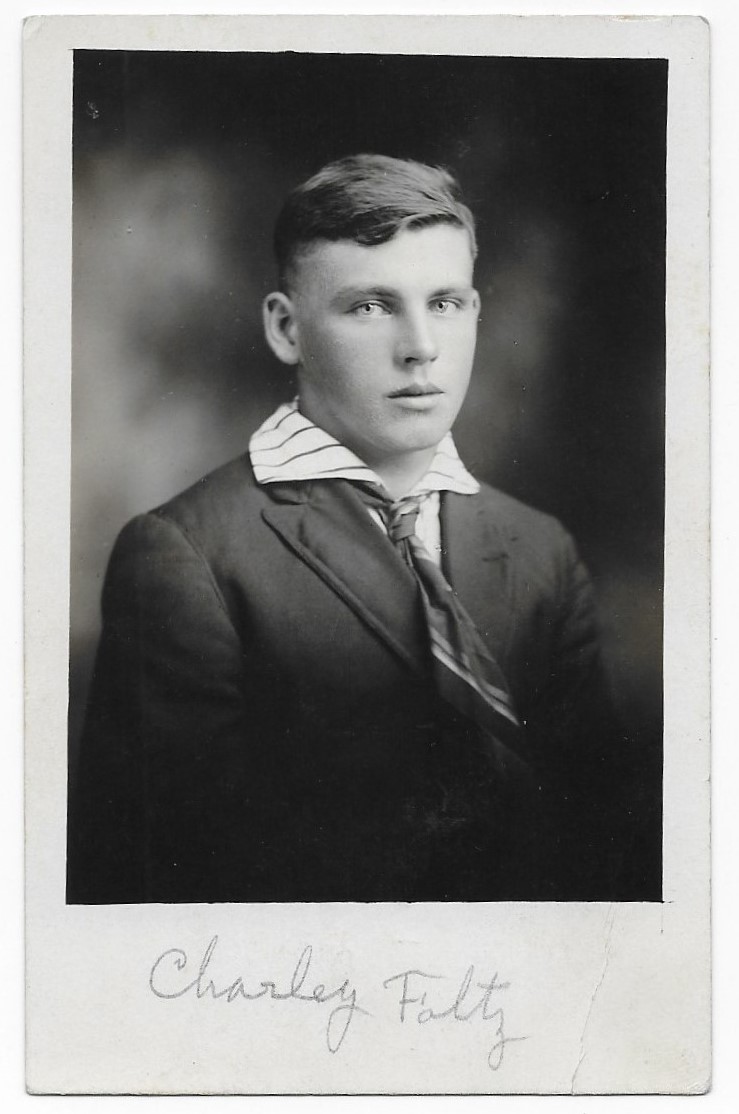Eugene Field, the colorful writer, poet, and newspaper man, is not praised today with the same fervor that his reputation enjoyed at the turn of the 20th century.
In 1900. a generation of schoolchildren memorized his verses, “The Gingham Dog and the Calico Cat”, “Wynken, Blynken, and Nod”, and “Little Boy Blue”.
Many of his verses were illustrated by Maxfield Parrish, and published in magazines across the country.
https://en.wikipedia.org/wiki/Eugene_Field
Field’s nostalgic poem, “Lovers Lane, Saint Jo”, is a tribute to a shady lane that marked the edge of town – carefully tended fields on one side, neat homes near a lake on the other side – in Saint Joseph, Missouri.
(The lane was paved and lined with houses by 1914.)
https://en.wikipedia.org/wiki/St._Joseph,_Missouri
I was not familiar with the poem, but attracted to the scene of an “Antiquarian Store” on the face of the postcard.
At a time of life when I no longer desire to accumulate things, I still recall the many happy moments of examining curious objects and lots of old books and paper at antique shops.
The printed stanza beneath the drawing recalls Field’s youthful trip to England – the poem is framed as a sentimental memory of the town of “Saint Jo”.
https://allpoetry.com/Eugene-Field
This postcard was not mailed, so it is not possible to identify the place that it was composed.
Addressed to Mrs. Vallie Mendenhall, the postcard seems to be written by a close friend or family member -named “Ida”.
Vallie lived in Crane, a small town in south-central Missouri – not far from Branson.
https://en.wikipedia.org/wiki/Crane,_Missouri
On the reverse, the written message appears to be composed by someone not well-acquainted with grammar and spelling, and not well-practiced in writing.
(One may forget how many US adults were functionally illiterate before mandatory public education in the late 19th century.)
Ida twice implores Vallie to “try to wright”.
It seems to be winter time, as Ida reports that the ground is covered with 8 inches of snow.
She tells Vallie that they are well, but “eat to (sic) much”.
One hopes that Vallie did make an effort to write, and that the friends enjoyed a lovely Spring.
